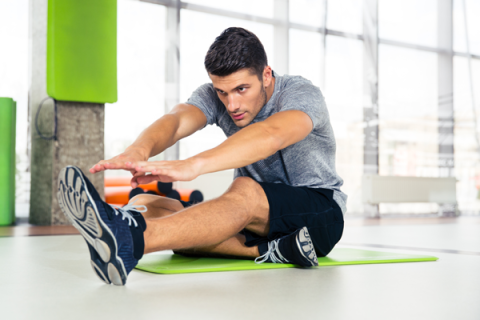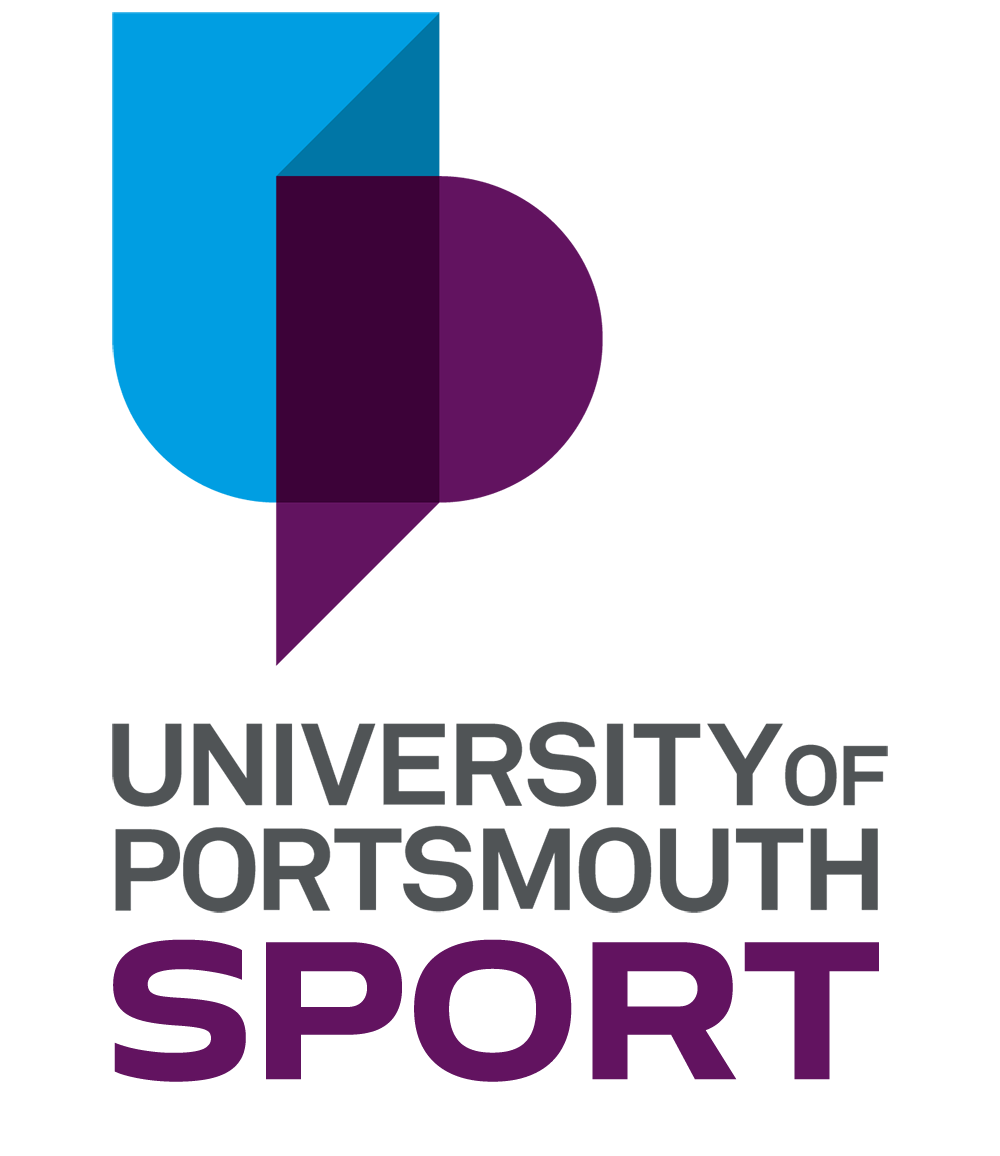

Discover how strength and conditioning, mobility and health can help you reach your goals
Within Strength and Conditioning (S&C) the term ‘body mechanics’ is used to describe the everyday movement(s) throughout our daily lives; it is how we bend, lift, sit, stand, carry and even sleep. Understanding the principles of proper body mechanics and the importance of joint mobility and stability is just the basics of starting strong. All things S&C may come across as a niche and intimidating area predominantly designed for sporting athletes, however, this is not the case. One unique area coaches focus upon is Mobility, which is one of the most important aspects of fitness and performance.
You might find that your body feels tight and unathletic when performing the simplest of tasks, such as, bending down to pick up the pen that just rolled off your WFH makeshift desk. The reason for this could be down to a number of factors; for example, not stretching enough following a workout. However, I ask you: how much mobility do you do before or after a training session or online class?. If your answer is not a lot don't worry and certainly don’t panic. It is common for the answer to be little to none as you wouldn't find yourself using a practical application of S&C in your regular gym routine. Mobility differs from flexibility (stretching your muscles following a workout) because long-term it will allow your body to move freely and efficiently during a workout. Integrating this prior to your training enables you to work towards an optimal range of motion and prevent injuries that are likely to occur over time from strenuous training - It would be awesome to show off to your instructor when they say “get deeper!” in a squat and you can show them what you’ve got. There are some excellent mobility exercises that are easy to follow and will be provided at the end of this article for you to have a practice with at home.
Understanding the importance of this S&C application means you can tailor mobility exercises to your goal or sport and concentrate on specific movements that will enhance the quality of your performance and/or skill. To correctly tailor mobility to you, you must first establish the training aim in which you fall under. The six most common training aims and a couple of their examples are:
Skill Development:
- Improve or perfect a specific movement or work towards something new
- Olympic weight lifting
- Learning how to Conventional Deadlift/Squat/Bench Press
Speed and Power:
- Improve the exertion of force to increase speed (sport predominant)
- Plyometrics (Les Mills GRIT)
- High-Intensity Interval Training (HIIT)
Strength:
- Improve bone and muscle strength to reduce the risk of injury.
- Weight training
- Pump or Kettlebell classes
Hypertrophy:
- More sets and reps (volume) with lower intensity to increase muscle mass.
- ALBT Class
- Step n Tone class
Fat Loss:
- Does what it says on the tin - weight loss specific and increases metabolism.
- Running
- Cycling
Endurance:
- Increase stamina allowing you to train for longer and go the extra mile.
- Walking
- Aerobics or Zumba class
Further importance of mobility training is that it works towards preventing injury or reinjuries. A very broad example of this could be a runner with a bad ankle sprain which has affected part of their joint movement and stability; therefore, may benefit from balance control exercises as a starting point. Although, we are all guilty of continuing to train on a sprain because we don't want to avoid being inactive; and, normally if you experience a 'niggle' during running you just ice it and give it a day to ease off. Sadly, this isn't enough to prevent the same thing happening on your next run. Conditioning your joint stability specific to this sort of injury should reduce the risk before you begin loading it with a particular weight and impact. One type of mobility particular to this is often a slow single-leg movement which you can find at the bottom of this article. Enjoying your training routine, or workout, is what we love to see in the fitness industry, and maintaining a mobile lifestyle means you will notice improvements in your techniques and depth. Below is a list of great mobility exercises to ensure you are performing to the best of your ability, and beasting that workout!
Mobility Exercises
Upper body mobility exercises often focus on your shoulders as these are most prone to injuries, and should always be warmed up efficiently before carrying out any weighted overhead exercise. However, sometimes we forget that our wrists take a lot of pressure during certain movements, there are mobility drills designed specifically for this too. Try these 9 great upper body mobility movements you can do within 5-10 minutes before a workout, ensuring you focus on each area for 30 seconds twice through.
Spine mobility is equally important as you are using your thoracic spine (upper region) during a lot of arm movements. This back mobilisation exercise is simple to carry out, and you can even do it lying in bed if your mattress is hard enough. If you find you have quite a stiff neck, back or shoulders, I would advise doing this morning and night.
Lower body mobility will cover every joint area you can think of as it encompasses muscles that you use every single day. Walking and sitting, for example, uses your hips, knees and ankle joints. There are a number of exercises you can do to increase the mobility of your hips and ensure the stability of your joints are healthy and well-maintained. If you struggle with this, try these different lower body progressions of every drill, catered to your ability:
Remember, some people may be at different levels of mobility to you, so have a practice and assess your range of motion. Remain patient and continue for a few weeks and see if you notice a difference of flow in movements.
Find out more about the classes and activities we have on offer or speak to our gym team for more tailored advice.

